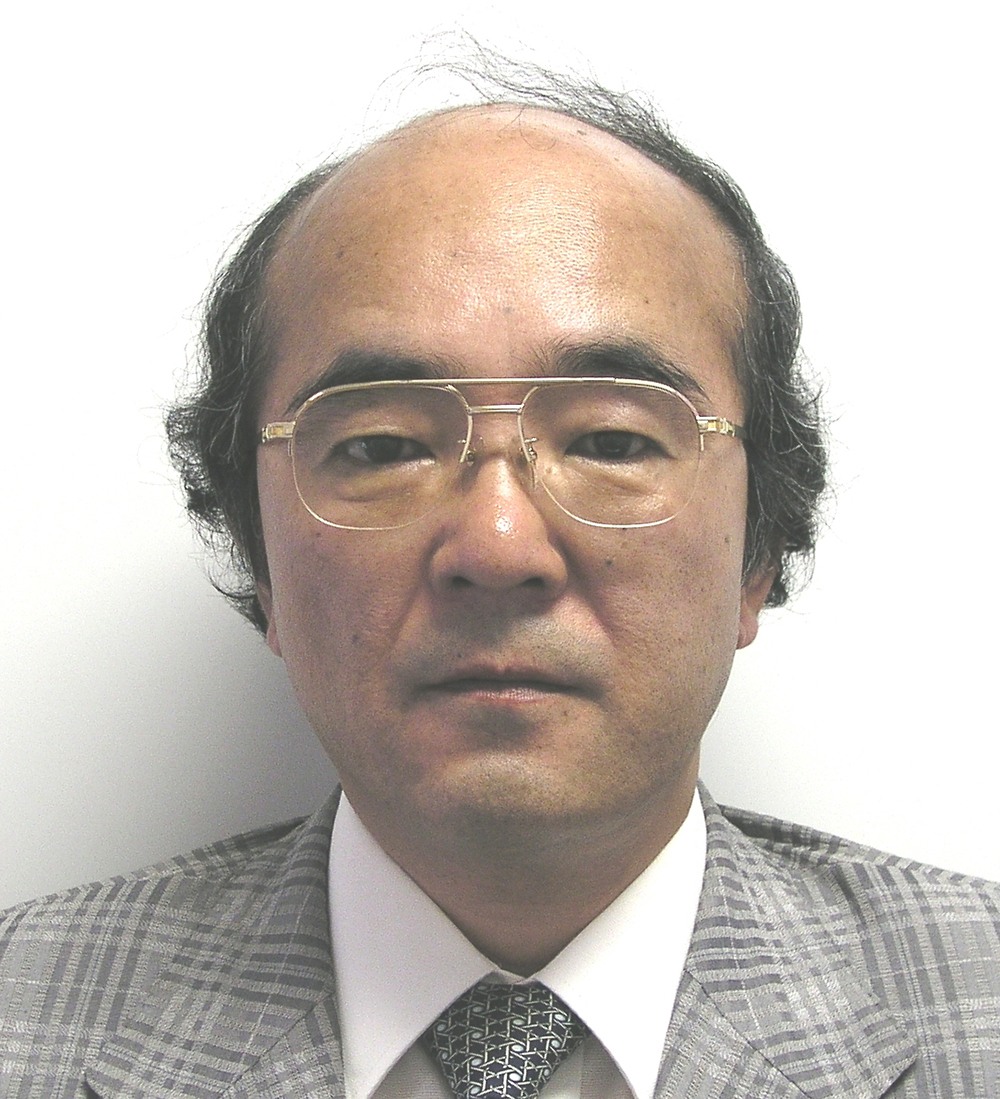Distinguished Achievement and Contributions Award

Dr. Naokazu Yokoya completed the doctoral program at the Graduate School of Engineering Science, Osaka University in 1979 and was awarded a doctorate in engineering. The same year, he entered the Electrotechnical Laboratory (ETL), Agency of Industrial Science and Technology, Ministry of International Trade and Industry. In 1983, he became a senior research scientist at ETL. During his tenure at ETL, he served as a visiting professor at the McGill Research Centre for Intelligent Machines, McGill University, Canada, for one year from 1986 to 1987. After that, in 1993, he became a professor at the Nara Institute of Science and Technology (NAIST), where he devoted himself to research and educational activities. At NAIST, he served as Director of the Information Technology Center, Dean of the Graduate School of Information Science, and Director/Vice President, and finally served as President from 2017 to 2021. He later became a professor emeritus at NAIST, where he remains today.
Since the dawn of the 1990s, he has been engaged in research on XR technology (such as mixed reality that fuses the real world and the virtual world, MR: Mixed Reality, AR: Augmented Reality), which is expected to be the gateway to the Metaverse. He has made wide-ranging contributions to developing this field of research, including pioneering new technologies. First, concerning AR, he mainly tackled the fundamental problem of geometric alignment between the real world and the virtual world. As part of this, the camera position/pose estimation algorithm based on the real-time detection/tracking of feature points from camera images has opened the way to the outdoor use of AR. In an experiment open to the public at the Asuka Historical National Government Park and Nara Palace Site Historical Park, he provided the general public with AR historical content created by synthesizing CG images of buildings from the past that have disappeared, and he widely showed the possibility of the practical application of AR. Next, he proposed the world's first telepresence (a system that presents a feeling as if you were in a remote location) using an omnidirectional camera for the virtualization (AV: Augmented Virtuality) of the real world. In addition, he has realized "augmented telepresence" that combines AV and AR, and mixed reality media (time machine and clairvoyance) that transcends time and space. He presented these techniques to the public at the 1300th anniversary of the Nara Heijo-kyo Capital. He allowed participants to experience Heijo-kyo 1,300 years ago from the sky using a system that uses aerial video footage taken from an uncrewed airship at the Heijo Palace ruins. Not only the above basic theory but also numerous research results that are always conscious of practical use have contributed significantly to the prosperity of the current virtual reality market.
For these research achievements, he received the Outstanding Paper Award of the Information Processing Society of Japan in 1989 and 2006, the Best Paper Award of the Virtual Reality Society of Japan in 2012, and the 6th Tateisi Prize, Achievement Award of the Tateisi Science and Technology Foundation. His international contributions are also remarkable. For example, at the International Symposium on Mixed and Augmented Reality (ISMAR), he served as General Chair in 2003 and as a member of the Steering Committee for many years. In addition, he served as General Chair of the 2007 Asian Conference on Computer Vision (ACCV) and Program Chair of the 2009 International Conference on Computer Vision (ICCV). He contributed to promoting science in Japan as an associate member of the Science Council of Japan from 2006 to 2014. He has contributed to the development of IEICE by serving as IEICE Director, Vice President, President-Elect, and President of the Information and Systems Society from 2007 to 2010, and Chair of the Technical Committee on Pattern Recognition and Media Understanding (PRMU) from 2001 to 2002. The IEICE, the Information Processing Society of Japan, the Virtual Reality Society of Japan, and the International Association for Pattern Recognition (IAPR) have awarded him the title of Fellow.
As mentioned above, Dr. Yokoya’s achievements in the field of electronics, information and communication are highly remarkable, and we are convinced that Dr. Yokoya deserves the IEICE Distinguished Achievement and Contributions Award.